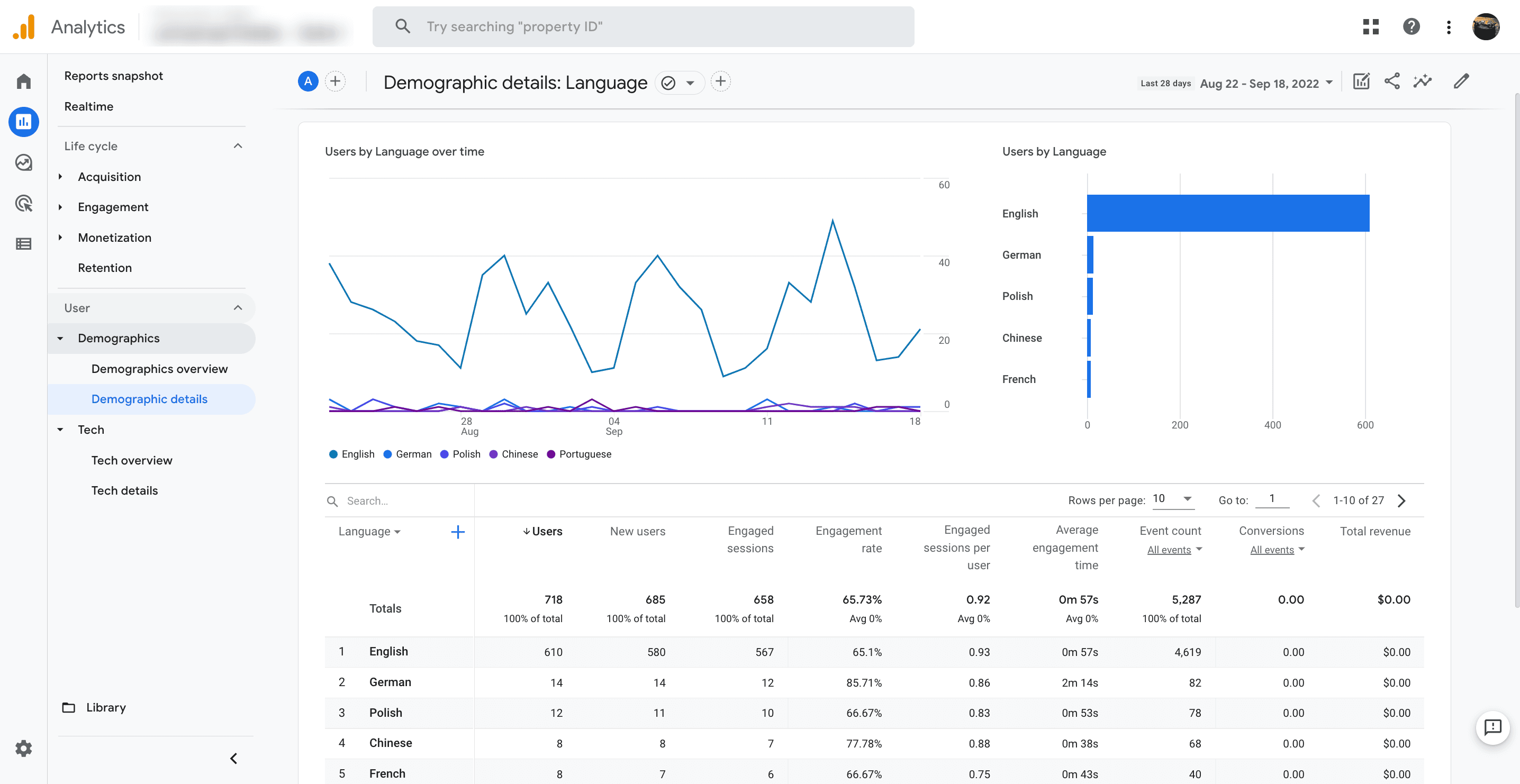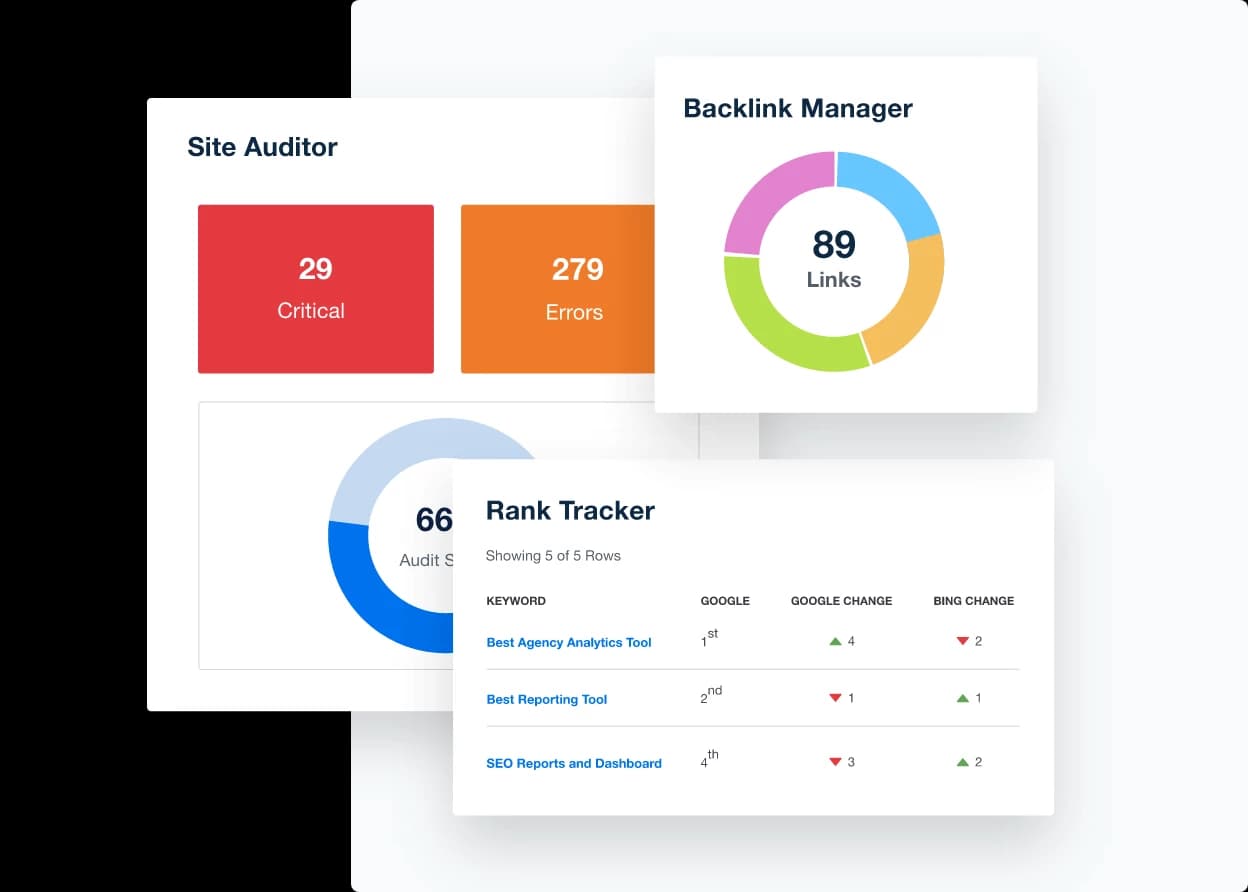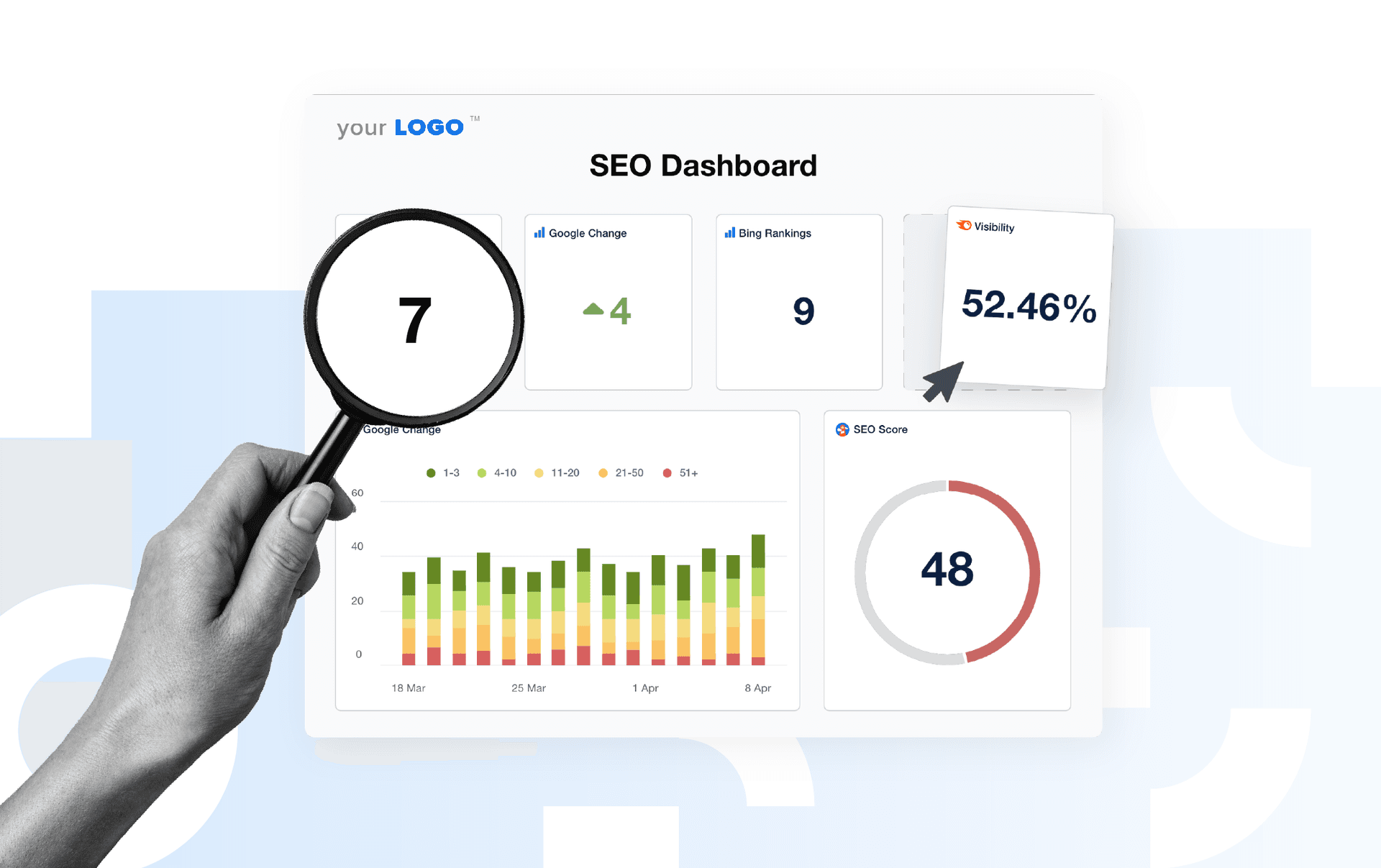Table of Contents
QUICK SUMMARY:
International SEO extends traditional SEO strategies to global audiences, adjusting for cultural and technical differences. It involves unique procedures to ensure that content is relevant across different regions. This article outlines effective strategies for agencies to leverage Google Search Console and other tools to enhance a client's online presence in international markets. Learn about technical adjustments, cultural considerations, and top search engine optimization strategies that are necessary for a successful global reach.
Even if you’re well versed in SEO, you might still feel a bit lost when it comes to international SEO. However, in today’s competitive and world-wide online landscape, most clients will need robust international SEO strategies implemented for their businesses–and agencies should know how to handle these demands smartly.
Although English is the most commonly spoken language in the world, its native speakers make up approximately 17% of the world’s population.

You may think that by covering the most common language, you’re moving the largest rock. But it also means you’re missing out on over 80% of the international market. In the US alone, there are over 350 different languages spoken, according to the US Census Bureau. Yes, English is still the dominant language. But Spanish is not as far behind as you might think, hence the rise of Hispanic marketing agencies in the USA.
Fortunately, targeting potential customers in this market can be accomplished more easily than you think with a well-thought-out game plan. And in this article, we’ll take you through the practical steps, essential considerations, and SEO optimization best practices to help you get started with international SEO the right way.
What Is International SEO
In simple terms, international SEO is an extension of your SEO strategy targeted toward international audiences. Although they share some common ground, such as website audit essentials, international SEO has its own set of procedures.
This is mainly caused by cultural differences; however, there are also technical requirements that ensure your content is served accurately on the web. The complexity of international SEO practices you must carry out will depend on the target market, your tool stack, and your client’s objectives.
Before we dive into it, let’s understand better why international SEO is a worthwhile practice.
Why Is International SEO Important
Any digital marketer knows that SEO is the cornerstone of online success. But a critical mistake we often make is to think that the internet is one unified space where everyone thinks, speaks, and behaves the same.
In reality, the online world is as diverse as the real one–and those who know how to turn this into an advantage lead the competition. Undoubtedly, international SEO is one of the most effective ways to do so.
It doesn’t only contribute to the overall website performance, but it also unlocks a huge potential for reaching untapped markets. And the good news is that these new markets are usually less competitive—giving you a higher chance to boost your performance.
Determining the Fundamentals of an International SEO Strategy
Target Audience
To start planning your international SEO strategy, you need to identify your direction first. Sure, the world is your oyster, but starting with a realistic objective gives you a better chance at success. Expansion will become easier as you gain experience.
The key insight that will help you determine the ideal target audience is the current website visitors. You can access this data easily on Google Analytics by searching for where the visitors are located and what language they speak.

If a website attracts interest from an international audience even before being optimized, it’s a huge indicator that it’ll benefit immensely from international SEO. However, you should always consider the compatibility of your client’s business and the potential target audience. It might not be worth your efforts if it’s challenging to serve this international audience due to limitations or strategic conflicts.
For example, running an international SEO campaign to target Spanish speakers will have limited success if your client cannot offer customer support in Spanish.
Market Research
Once you decide on your target market, dig deeper into the characteristics of your audience. Instead of relying on what you already know or a quick Google research, invest time to truly understand the key factors such as language, currency, online habits, cultural preferences, legal obligations, etc.
For example, your target audience might speak a dialect, use local payment methods, or prefer other search engines than Google. Moreover, there are always local players to consider. All these factors are important for defining your international SEO strategy.
Language
Language might seem like a pretty straightforward aspect. However, as mentioned above, languages differ significantly from region to region due to the cultural influence of the communities that speak them.

What’s more, there might be multiple languages spoken in one country. This can be officially recognized like it’s in Canada or India, or it can be a cultural reality like the density of Spanish speakers in the US. In any case, anything that affects your target audiences’ daily life should be considered in your international SEO strategy.
Keywords
Our next stop is the flagship of SEO: keywords. It’s a no-brainer that keywords will be replaced by their equivalent in another language, but what you may not know is that word-by-word translations don’t always correspond to what you intend.
Even between widely-spoken language variations like British English and American English, there are important differences that impact SEO performance. Moreover, social circumstances or influential events can alter the vocabulary or even introduce new terminologies, as witnessed during the pandemic.
For example, the same Spanish word could have completely different cultural meanings in Mexican Spanish versus Costa Rican Spanish. The official translation of the word Añejo–according to Google Translate–is “Old”. However, in Costa Rica, this is a slang term that refers to someone who looks messy and unclean. So the translation of “Old World Charm” could take on a completely different meaning in Costa Rica if translated incorrectly.
Therefore, the importance of dedicated keyword research for your target market can’t be stressed enough for an effective international SEO strategy, and it’ll be useful for other practices, as we’ll see later.
International SEO Best Practices To Follow
1. Dedicated URLs
Once your website starts catering to multiple audiences in different languages, your website structure should be organized to reflect this. This significant indicator allows search engines and visitors to understand a page's language at a glance.
But beware that this is not just nice to have — if you don’t comply with this requirement, you risk serious duplicate content penalties. To prevent search engines from flagging your localized content as a duplicate of your original content (even though they are in different languages), you should host your translated pages under language-specific URLs.
You have three main options when it comes to website URL structures:
Top level domain (e.g. www.example.fr)
Subdomain (e.g. www.fr.example.com)
Subdirectory (e.g. www.example.com/fr/)
Which one to go with for your international SEO project depends on your client’s website and business. For example, top-level domains can have a better chance of ranking higher locally due to their distinctive quality; however, they are more expensive and time-consuming to maintain.
Subdirectories and subdomains also have their pros and cons that should be considered within the context of your client’s strategic priorities. In the end, there is no universally accepted winner among international SEO structures, so you should study the options thoroughly before choosing the ideal option for your client.
2. Hreflang Tags
Despite its tricky name, hreflang tags serve a clear purpose; telling search engines what the language of a web page is and for which target country it is intended. As you can imagine, this information is helpful for search engines to determine the relevancy of your content.
So hreflang tags play a key role in international SEO by ensuring your pages are served to the right audience based on languages. They will also safeguard you from the duplicate content penalties mentioned earlier. But how do you implement hreflang tags?
Here is an example of proper hreflang tags:
<link rel="alternate" href="https://www.website.com/" hreflang="en" />
<link rel="alternate" href="https://www.website.com/en-gb/" hreflang="en-gb" />
<link rel="alternate" href="https://www.website.com/en-au/" hreflang="en-au" />
Because each link rel alternate variant must connect to every other variation, these implementations can get rather lengthy and slow down your site. This is where hreflang implementations get a bit technical and delicate. So if you don’t have the necessary skill set in your agency, it might be best to use a website translation tool that automatically takes care of hreflang tags to avoid future headaches.
3. Language Consistency
This might sound obvious, but it’s easy to forget certain content on translated pages in the source language. Or you might intentionally leave things out thinking it wouldn’t have a significant impact.
However, this is taken very seriously by search engines because multiple languages on a single page make it challenging to identify the target audience of a website. Google even recently took a radical approach and announced that it’ll automatically translate page titles if they are in a different language than the rest of the page content.
As there will be no editing option for these translations, it could lead to an undesired presentation of your client’s website. Moreover, multiple languages on a page disrupt the user experience, leading search engines to mark your website as low-quality content.
So make sure that the entirety of your pages is translated, including often overlooked elements such as the navigation menu, footer, popups, image alt tags, and user-generated content.
4. Translating Metadata
You can’t talk about SEO without mentioning metadata — international SEO is no exception. Although you might be more inclined to pay closer attention to the visible parts of your website, unseen HTML elements such as page titles and description tags are essential determinants for search engines.
And the key tip here is to not rely on literal translation. As discussed before, literal translation doesn’t always convey the intended meaning. For the best results, it’s recommended to conduct dedicated keyword research and optimize the text in your metadata.
5. Localization
Website localization (also known as l10n) is adapting your original website through language, design, and cultural elements to provide a relevant user experience for your target audience.
Although optimizing written content is important, localization encompasses a larger variety of elements, such as media components, website design, navigation, formats, etc., and puts it through the lens of the local culture. This practice might require adapting existing content, removing potentially offensive elements, or creating additional assets depending on the target audience.
As a result, international visitors will have a better experience and be more likely to engage with the website. This will signal to search engines that your content is relevant and optimized, significantly boosting your international SEO organic traffic.
Final Thoughts: Managing International SEO
As the internet continues to eliminate language barriers, marketing agencies need to know how to implement international SEO to reach a broader audience. And with multiple clients whose websites come in various languages, you'll need the right tools to scale your agency's services and grab those upsell opportunities.

Help your clients succeed in search. In every language. Try AgencyAnalytics free for 14 days and take advantage of our full suite of SEO tools to scale your agency.

Written by
Merve is the Creative Content Manager at Weglot, a no-code website translation solution. She is passionate about international marketing, multilingual design, and everything in between.
See how 7,000+ marketing agencies help clients win
Free 14-day trial. No credit card required.






